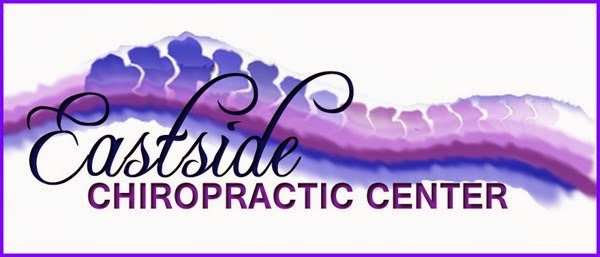We’ve heard it all before: ”Stand up straight!” or “Don’t slouch!” And even if as kids we had our standing posture corrected over and over (did anybody have to walk with stacked books on their heads?), chances are we grew up and, well, sort of forgot about it. Still, there are lots of reasons to stay mindful of our posture, particularly as we age. It keeps our bones and joints in the right alignment to ensure that we are using less energy and muscle strain to support ourselves, which will certainly cut down on any back pain we may experience in our lives. It also minimizes risks of injury or abnormal joint motion, making it a key contributor to a healthy lifestyle. Yup, turns out all those folks telling you not to slouch were right!
The consequences of poor posture go beyond simple misalignment. The postural muscles that we use to maintain support for our bodies--several groups including the hamstrings and back muscles--can easily undergo excessive strain and make them far more susceptible to injury. Even sore muscles, the most common effect of poor posture, are a real pain to deal with. And on top of all that there is spinal curvature and constriction of important blood vessels and nerves, all of which can lead to further complications, injuries, and pain down the road.
You probably know the gist of what makes a good standing posture: keep your head level, your knees bent slightly and legs shoulder width apart, and stand tall with your shoulders back. But posture is just as important when sitting or lying down--possibly even more so, as these are the times when your postural muscles may be prone to relaxing and losing strength and elasticity. When sitting, keep your lower back supported and avoid leaning forward excessively, keep your forearms parallel to the ground and your feet on the floor (i.e., avoid excessive crossing of the legs). When lying down, avoid lying on your stomach and pay special attention to using the proper pillow (for more on that, check out our recent blogpost on the topic).
So even though it may seem hard to correct posture habits that have persisted for a long time, the results can be an immediate relief, and it’s worth the effort. Make sure to follow proper guidelines for maintaining proper alignment, and avoid the urge to slouch down or bend over your desk or computer screen. Be aware that posture is not just a factor when standing or walking, but also sitting and lying down. Do your body a favor, and next time you hear “Stand up straight,” show that you’re listening!




